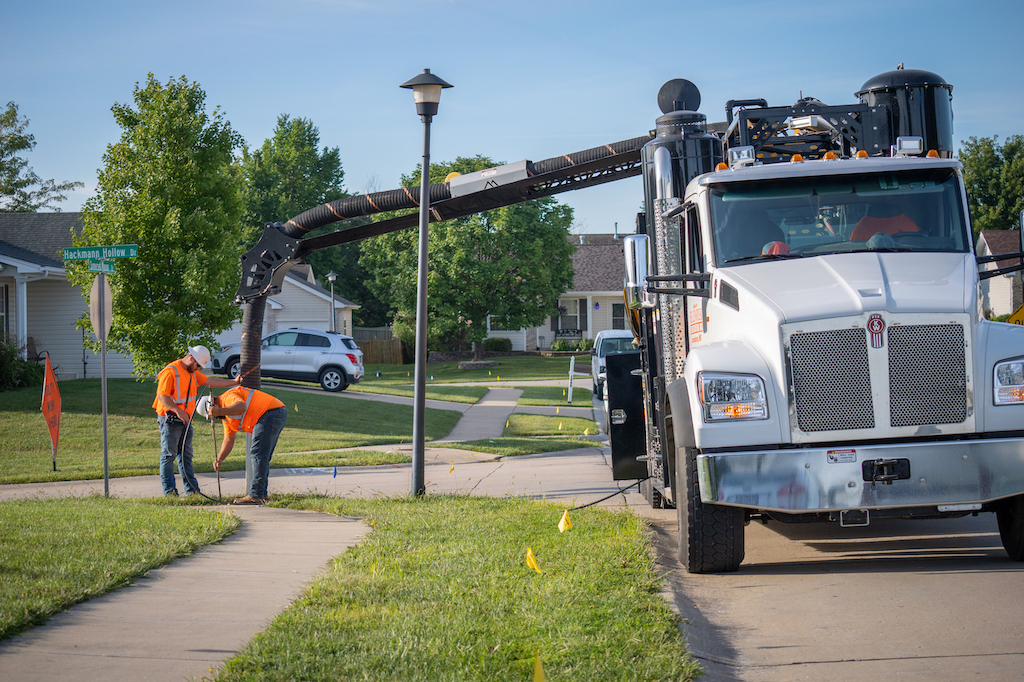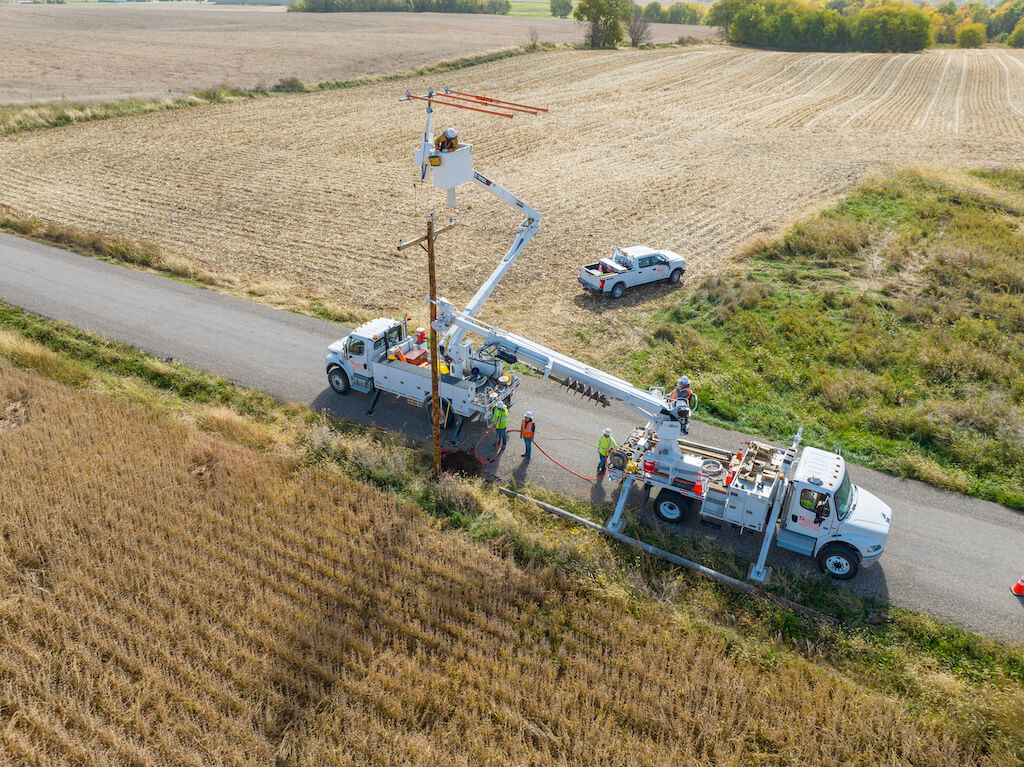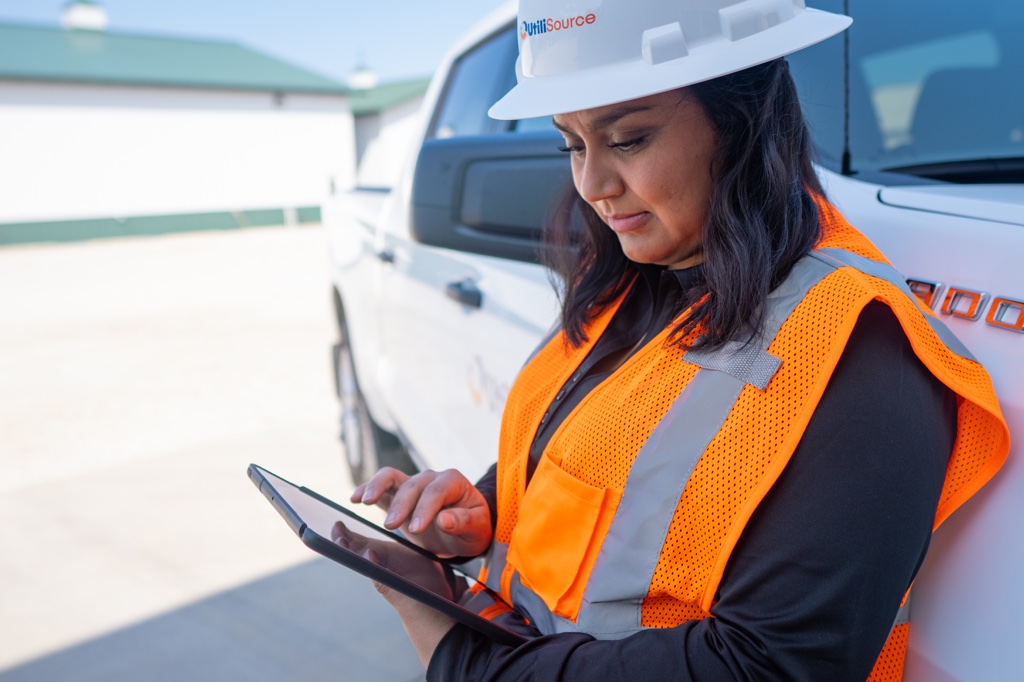For any project, properly monitoring and reporting are critical to the project’s success. For construction project management, daily reporting and monitoring is a must. These reports include all aspects of the project that may result in potential delays or the budget. These items include labor, materials, equipment, tasks, change orders, RFIs, and more.
Construction sites have a lot of moving parts that are interconnected. Keeping track of these details can be challenging, especially when paired with paper methods. That’s where construction reporting software comes into play.
These tools are made to help your team members and construction manager in all areas of the build. Reporting software is available for all types of construction project activities and is made to provide real time visibility into your projects and easy communication between stakeholders.
In addition, many of these tools come equipped with project status report templates that can be used to easily track your projects. Add in photos, drone footage, and videos to visualize all of your daily construction work in cloud-based software. These tools are made to make your life easier.
What is Construction Progress Reporting?
The main goal of construction progress reporting is to increase visibility and facilitate clear communication with stakeholders. The two main parts of this process is monitoring and reporting.
The monitoring process starts with the planned schedule and budget. Then the daily project headway and work in progress reports are compared. This is done to determine if your project is staying on track, in both the monetary constraints and time allotted.
The reporting part of this process is the actual documentation and sharing of daily progress to make sure key project milestones are reached. These two processes go hand-in-hand, without one, you cannot have the other.
Without reporting from the field, there is no monitoring. On-site reporting gives important insight into the status of the project. Progress reporting, specifically, refers to communicating the status of the project with the project owner. Thorough progress tracking and reporting keeps everyone up to date with the project throughout the entire build.
The Advantages of Monitoring Projects
Effective monitoring and reporting is critical to keep all stakeholders in the know about a project. When everyone has a clear idea of what’s going on with the project, you can easily track and identify anything that may affect the budget or schedule. With monitoring and reporting, you can make more informed decisions and address potential problems faster and with ease.
The major benefits of properly monitoring your construction projects allow you to:
- Identify potential delays and problems faster.
- Improve resource allocation and better coordinate material and equipment needs with assigned tasks.
- Mitigate liability by having detailed records of damages or defects, as well as document how changes were handled and of proof of work.
- Have better relationships with your project owner through regular communication on progress that will establish trust.
Common Challenges You May Face
Progress tracking and reporting is a huge undertaking. There are a few challenges that you may face. These challenges include:
- Complex moving parts: Construction projects have a lot of complex moving parts. They involve multiple teams on the job site and in the office. All of these tasks are interconnected and dependent on each other, meaning a change, such as bad weather conditions, can disrupt the entire project.
There are a lot of things that need to be synced in order for projects to run smoothly. Materials and equipment need to be in the right place, at the right time. Designs may change or there may be a supply chain issue. This is just the start, with all of these moving parts, it’s no wonder that construction progress tracking can be difficult.
- No visibility: Another huge issue is having no visibility at all that comes from paper records and data silos. Paper records can be damaged, incomplete, or missing. Spreadsheets can be saved in unconnected systems or are not shared among all the parties that need it.
All parties need access to up-to-date information to get a clear idea of project status. Without transparency, important decisions are difficult to make and projects can go off track.
- Lack of communication: Lack of communication can make or break a project, this is even more so true when communication is not happening soon enough. Delaying the share of information across teams can cause other delays in the project. Progress data needs to stay on pace with the project and not be days behind. Lack of communication as things happen does not give you an accurate view of your project’s status.
Our Tips for Better Construction Project Reporting
Now that you know all the challenges you may face, there are a few things you can do to make construction project monitoring more effective.
- Connect everyone in one space.
Using project management software allows real-time sharing from one place. With cloud-based programs and mobile app access, information can be shared and accessed from anywhere.
Having one space where everyone can collaborate gives every team member more visibility into who is assigned to what, running costs, materials, equipment, and workflows including change orders, punch lists, and RFIs.
- Integrate your software with field apps
Data silos can make or break your project. Break down these barriers to information by integrating your software and field applications. Mobile apps can be used to document field work and file daily reports, giving everyone access to up-to-date data.
Easy to use apps make uploading and sharing field data better for everyone.
- Visual progress reporting
Increase visibility by implementing visual progress reporting. Utilize photos, videos, drones, and satellites to give project owners and other stakeholders a visual into construction progress. All of these things can more accurately show and exhibit what is going on on site better than words can.
- Visualize with digital maps
Another great way to ensure effective monitoring and reporting on site is to use digital maps. Location data is essential to construction projects, as it’s critical to build the project in the right place.
Use digital maps to filter the display of data so you see what you really want to. Compare progress from one week to the next and toggle between project stages for more context.
Conclusion
Progress monitoring and reporting is an extremely important part of any project. With construction projects, a lot of moving parts need to be tracked, managed, and monitored. Utilize construction progress reporting software to increase visibility across all aspects of your construction projects.



